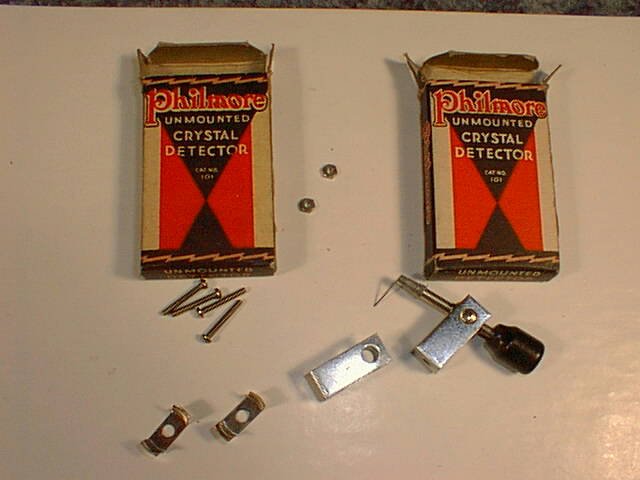
The Galena crystal is probably the earliest popular semiconductor. They were used as detectors in early crystal sets. Other detectors have been used, but the Galena is the most sensitive. The only drawback is that the crystal had to be adjusted to find a sensitive spot. This was done by physically moving the contact wire (called the cat's whisker) until a good signal was heard. Someone had already taken the Galenas out of these holders.
Another popular, but less efficient detector was the razor blade / pencil type. My first exposure to this one was about 1955 when dad found the instructions in a Superman comic. The detector was made by fastening a Gillette Blue Blade to a board, then fastening a small length of graphite from a pencil to a safety pin. The pin acted as a spring, and the detector was adjusted by moving the graphite along the surface of the bluing, which created a rectifier.
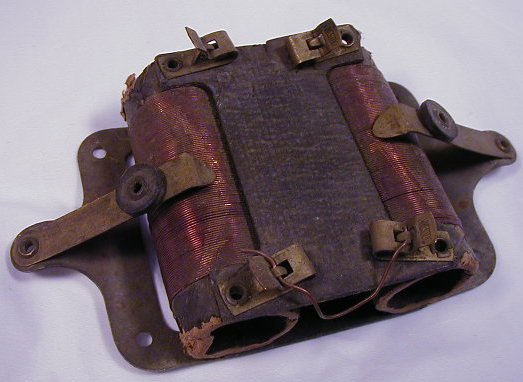
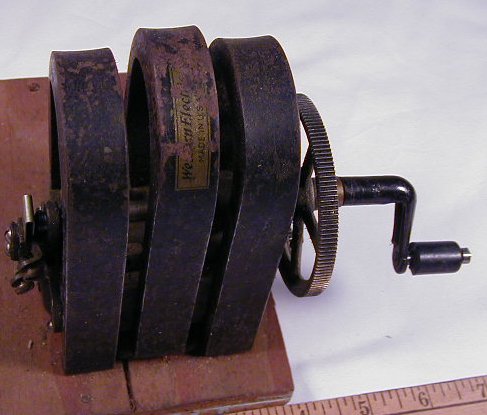
It puts out about 95V at about 30 cycles (they didn't have Hertz back then) if you want to crank it hard enough. Enough power to run a small radio.
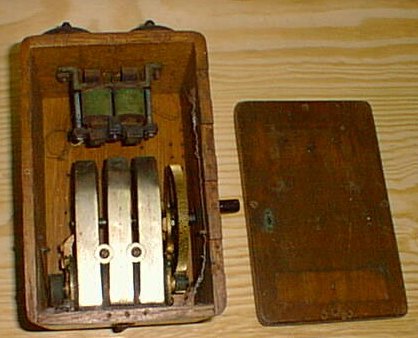
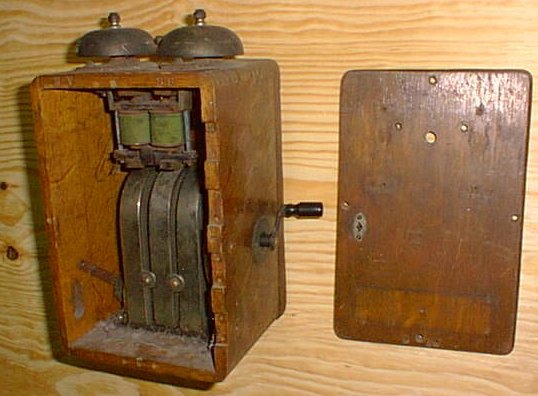
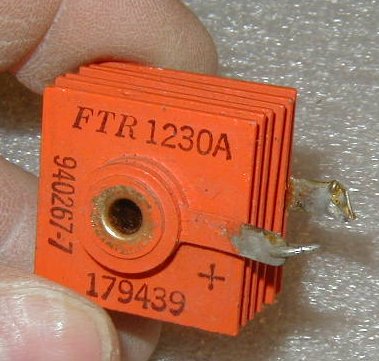
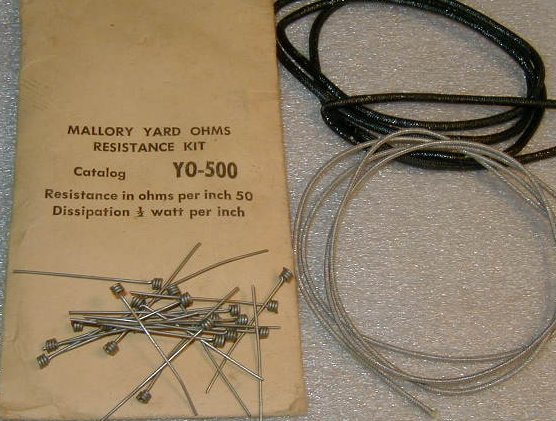
I never used one, they're just a curiosity.